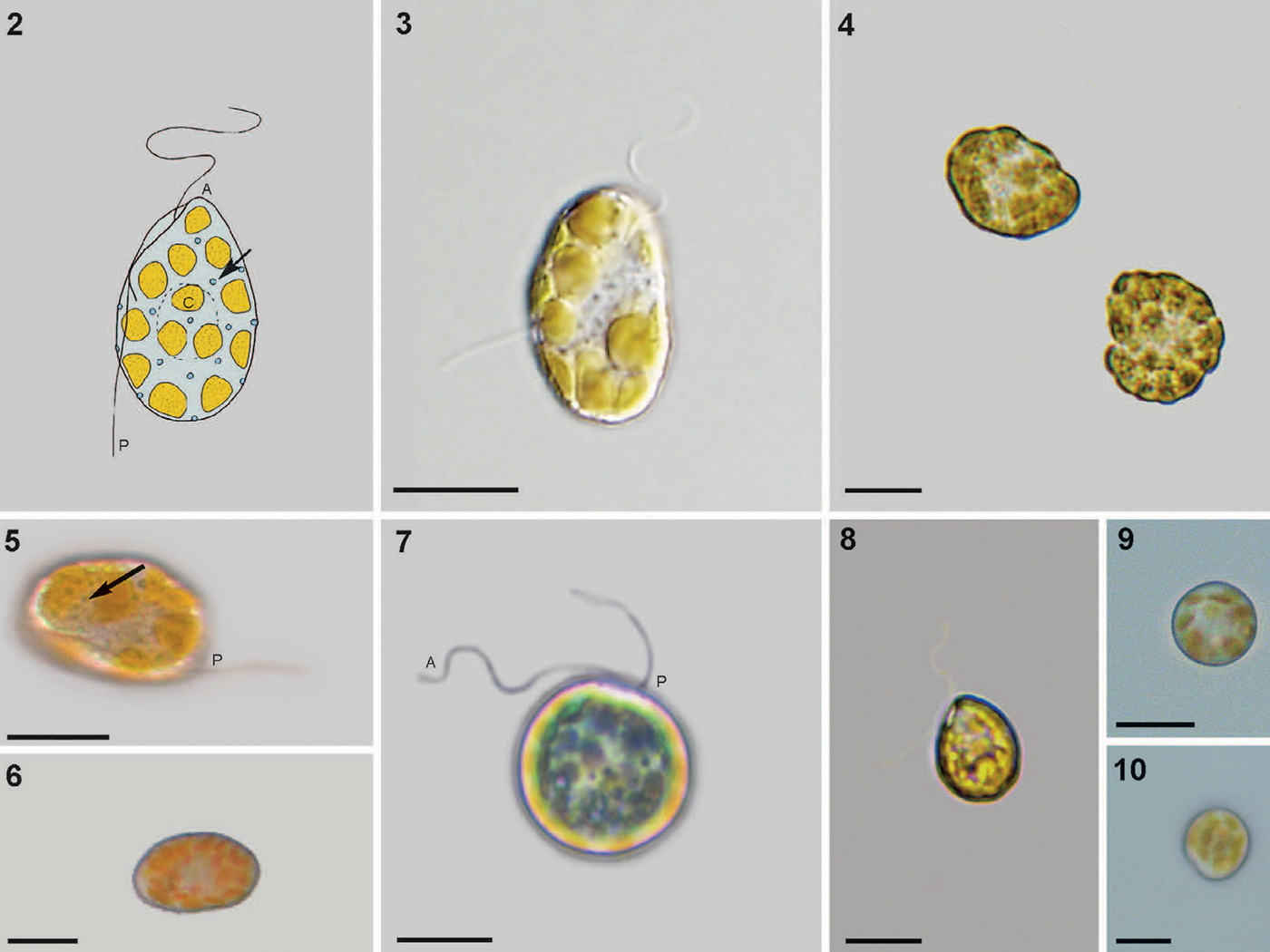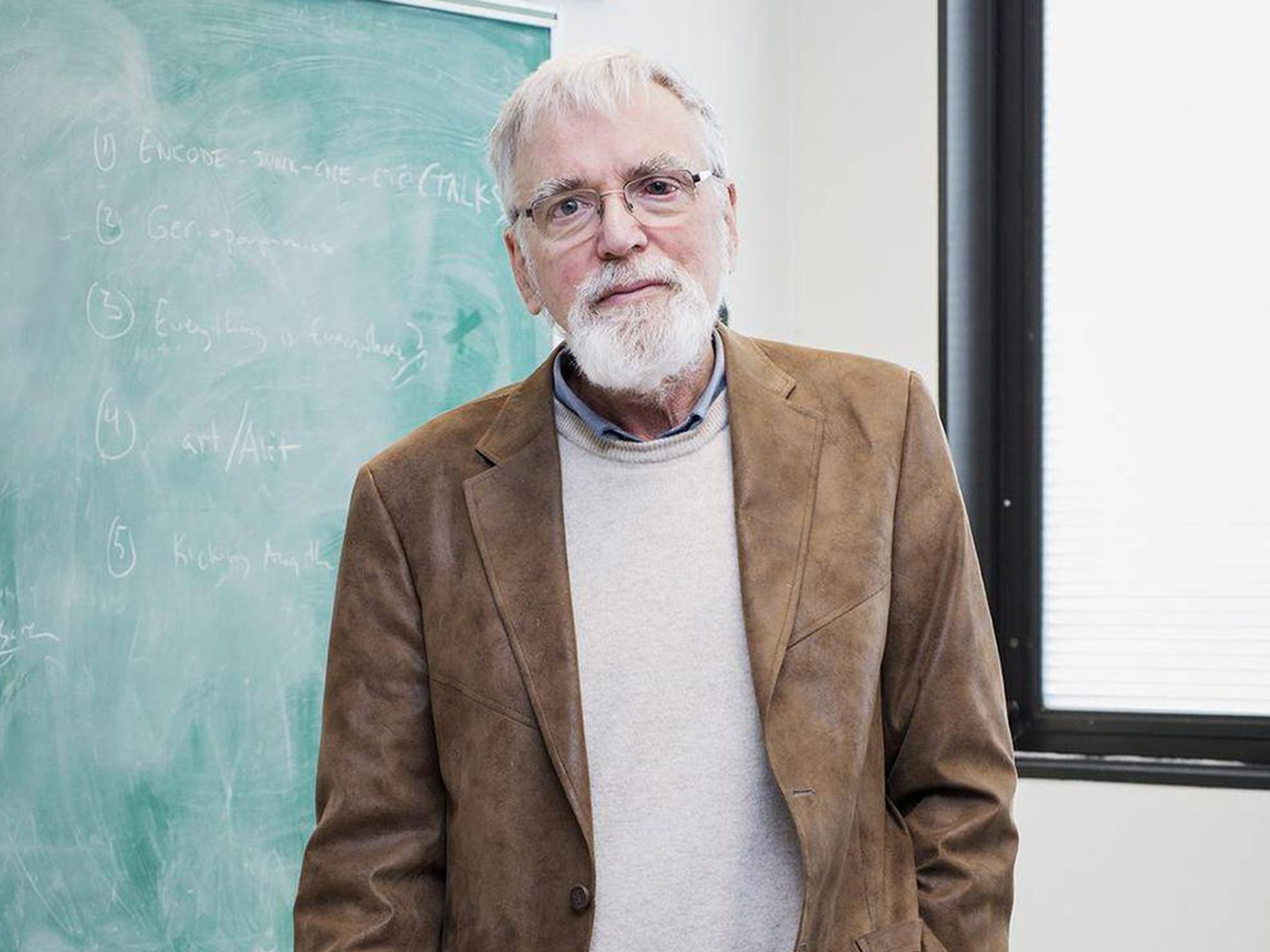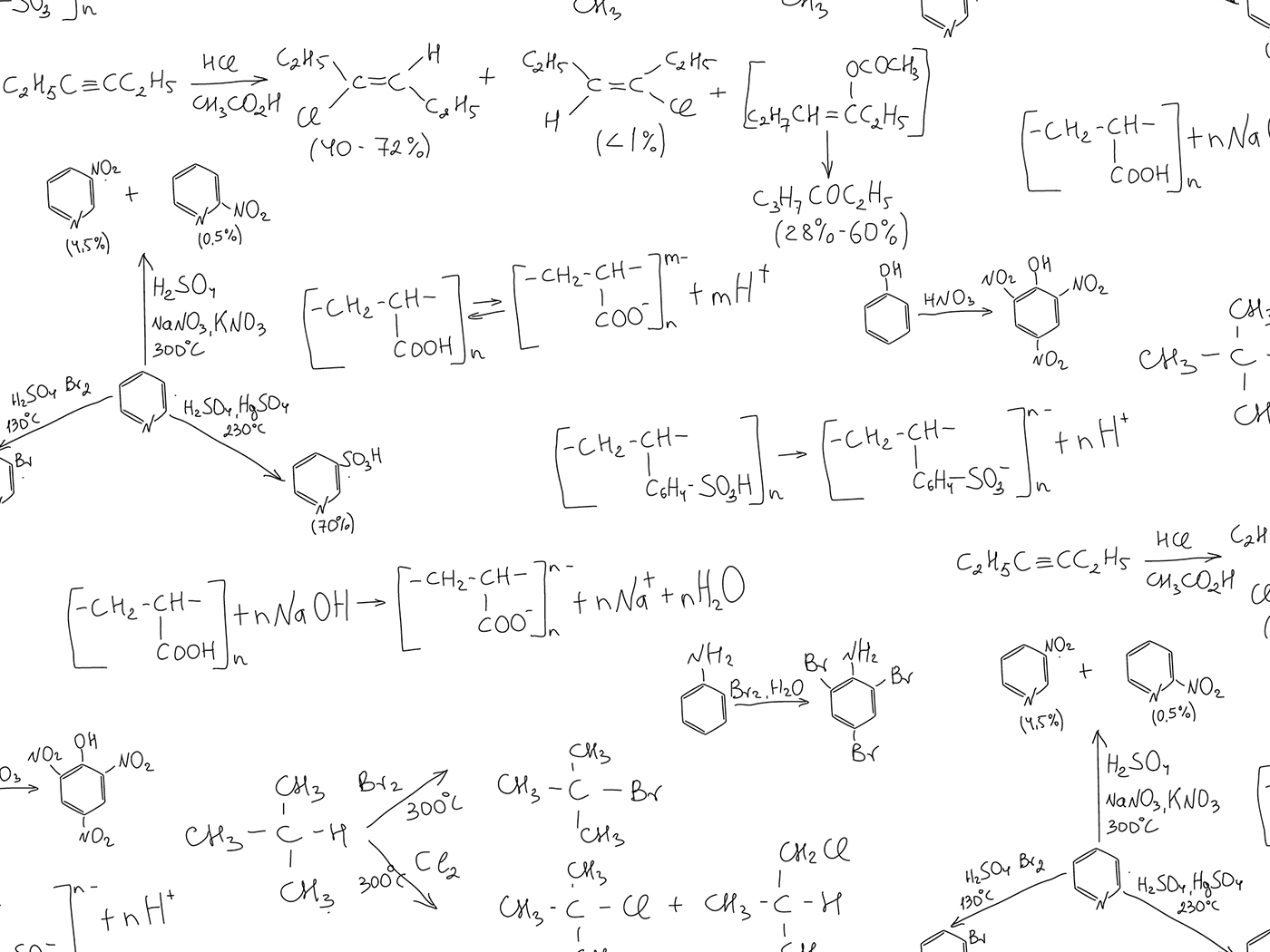People often take for granted every muscle-based movement our bodies make. But the structure and function of muscle movement is as complicated as any biological task in humans or animals.
Bats have rapidly contracting muscles in their ears, and most bats track flying insects using exquisitely designed echolocation (sonar). They would deafen themselves with the rapid pulses they release were it not for tiny muscle fibers in the middle of their ears.
Bats can voluntarily contract these fibers as it sends out a sonar pulse. It can then relax the muscle a split second later to allow the bat to receive and process reflected pulses. This precise process of muscle contraction and relaxation increases to an incredible rate when the bat is in tracking mode just seconds before catching its prey.
How can these muscles work so rapidly and efficiently? Zoologists have found that they are composed of protein filaments called myosin and actin. Contraction occurs when the filaments slide past one another. There is nothing simple about this biochemical process, which is powered by a molecule called ATP and depends on molecular motors.1
Recently, scientists discovered another layer of complexity with molecular motors. They found that nano-motors have nano-gears! A ubiquitous cellular protein called dynein contributes to muscle contraction. Evolutionists thought this dynein motor was inefficient and sluggish. But more research showed that this "slow" motor is actually designed that way—complete with gears. Dr. Roop Mallik of the Tata Institute of Fundamental Research explained,
Each dynein showed a special ability to shift gears, just like you shift gears in your car to go uphill. Therefore, each dynein in a team could speed up or slow down, depending how hard it was pulled back. This allowed the dyneins to bunch close together as they were pulling. The bunching helped dyneins to share their load equitably, and therefore work efficiently to generate large forces. Remarkably, motor-teams made up of another motor (called kinesin) which is much stronger than dynein, could not generate comparable forces. The reason? Well . . . you guessed it right. Kinesin does not have a gear!! [sic]2
Motors and gears mean a brilliant engineer made them. The apostle Paul wrote in Romans 1 that the Creator/Engineer's work is "clearly seen" in these remarkable biological structures. Random mutations would hardly be expected to produce intricate biological gears working "on a size scale that is ten-million times smaller than [a] Ferrari's gear."2
Reference
- Sherwin, F. Molecular Motors vs. Evolutionism. Institute for Creation Research. Posted on icr.org April 1, 2004, accessed January 23, 2013, and Thomas, B. Scientists Discover New Molecular Motor 'Clutch'. Creation Science Update. Posted on icr.org October 10, 2012, accessed January 23, 2013.
- A nano-gear in a nano-motor inside you. Tata Institute of Fundamental Research via PhysOrg. Posted on phys.org January 17, 2013, accessed January 23, 2013.
* Mr. Sherwin is Research Associate, Senior Lecturer, and Science Writer at the Institute for Creation Research.
Article posted on February 6, 2013.






















